The global fashion industry is a varied and huge sector, and recently there have been grumblings about something called ‘fast fashion’, this is where clothing is mass-produced with exploitative and cheap labor which has a negative environmental impact.
Because of the way these pieces of clothing are being produced, there have been higher greenhouse gas emissions due to chemicals and dyes being dumped into the water, causing water pollution and making it hard for people to use water sources that aren’t contaminated.
The fast fashion industry has clearly made its mark on the industry, and despite the fact that these issues have been made known, people are still buying fast fashion pieces and shunning slow fashion which is better for the environment and global carbon emissions.
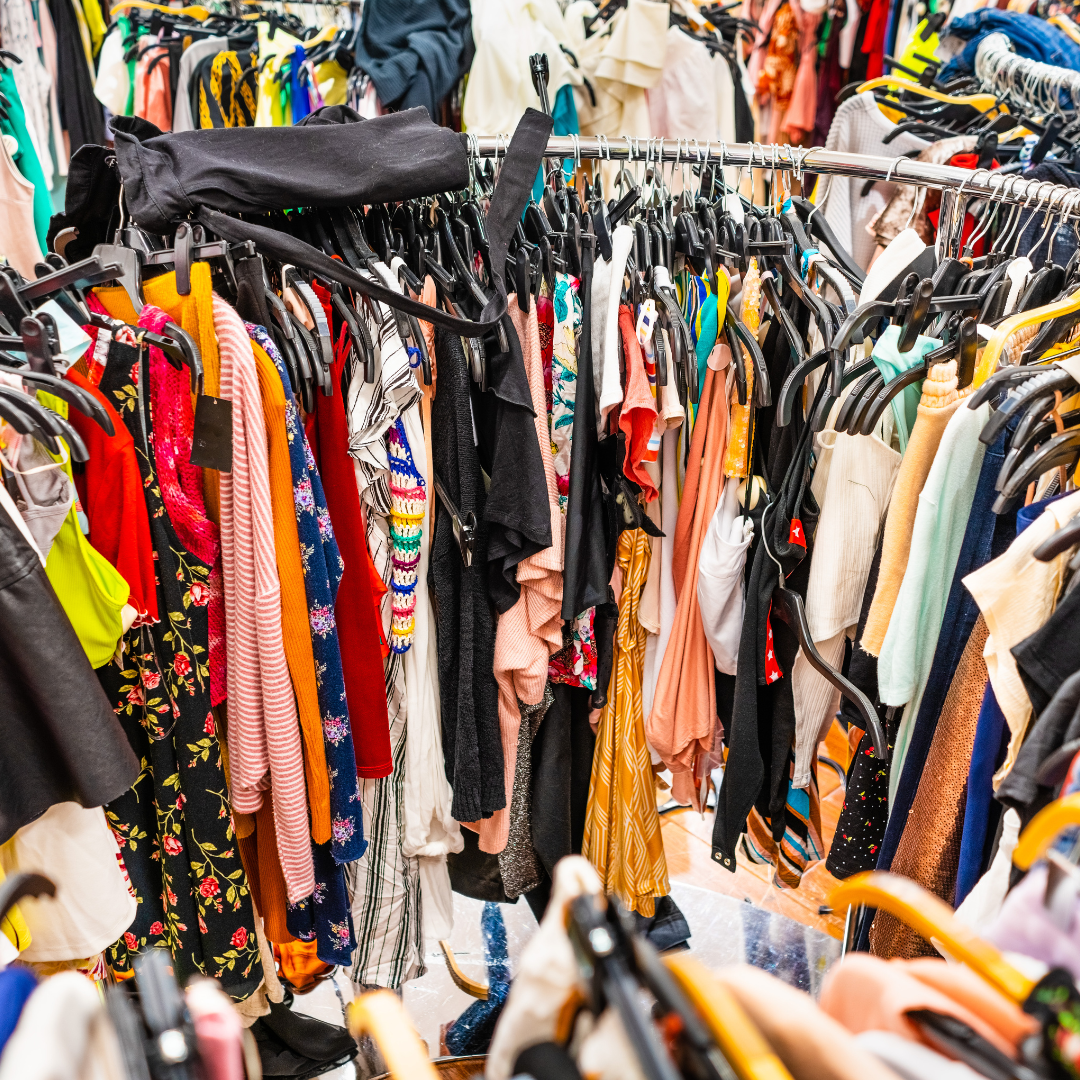
What Areas Are Being Affected By Fast Fashion?
Fast fashion is not just about wearing cheap clothes that have been made in unfair and dangerous ways, fast fashion brands in the fashion industry have excelled at polluting the environment and caused a huge change to our world that was not present decades ago.
The use of fossil fuels to create these synthetic fabrics means that when they eventually end up in landfills they do not break down and decay, their staying power clogs these sites and leeches into other areas. These ‘trendy clothes’ are damaging our world’s wastewater and having a huge impact on climate change.

Textile Waste
A huge amount of textile waste comes from the fast fashion industry. People want new clothes that are the ‘in thing’ to wear at the time, and brands that are part of this fast fashion group are pleased to meet that demand by churning out massive amounts of clothes that match the current trends.
Brands That Have Jumped Onboard
Companies are putting cheap clothing on the high street and online for people to buy, not caring about how much textile waste they are producing. Now with influencers jumping on board and being part of fast fashion brands such as Zara, H&M, Primark, and Fashion Nova, to name a few, to promote their own line, they are adding to the waste as people scramble to buy without thinking.

What is Overproduction Doing?
This overproduction of clothing is destroying the planet from humans to animals, we are all suffering from this cash-grab industry. These fast fashion companies know this too and they are aware of what is going on, especially with the rise in voices that are going against what they are producing, however, if it makes them money, they are satisfied.
The toxic dyes and gases are being released into the atmosphere which contributes to global warming as well as air and water pollution. It’s choking up the world due to the excessive production in sweat factories with people not being paid enough and being exposed themselves to hazardous chemicals.

Plastic Pollution
The materials used in fast fashion are things such as nylon, acrylic, and polyester. Used together they create cheap clothing and the majority of clothing, around 60% as Greenpeace has stated, is made using polyester.
This material adds to microfibre pollution and plastic waste which end up in the water, causing water pollution. A report by the International Union states that 35% of microplastics come from synthetic textiles that are in fast fashion.
The effect on The Animals’
Animals will mistake the plastic they come across in polluted water to be food causing them to be poisoned. Fish and sea mammals like otters, whales, seals, etc., are having their homes polluted with this fast fashion plastic waste.
8 million tons of plastic are dumped into the ocean, and a pretty low percentage of plastic is recycled. These are astronomical figures, and the fact that animals in the ocean are suffering and dying out due to human neglect goes to show how much the fast fashion industry has made its mark.

Water Pollution
The environmental impact on water sources is staggering. Apparently, fast fashion is the second largest polluter of clean water. This type of pollution comes from the washing, bleaching, and textile dyeing process, as well as the finishing and treatment.
How Much Water is Used?
The amount of water needed to create these pieces is very high in the fashion industry, and it is responsible for around 10% of global carbon emissions, which is more than international flights and maritime shipping combined as stated by the UNEP (UN Environment Programme).
It can take around 700 gallons of water to just produce a cotton shirt, and the water leftover from this process is dumped into rivers and streams causing them to get polluted.
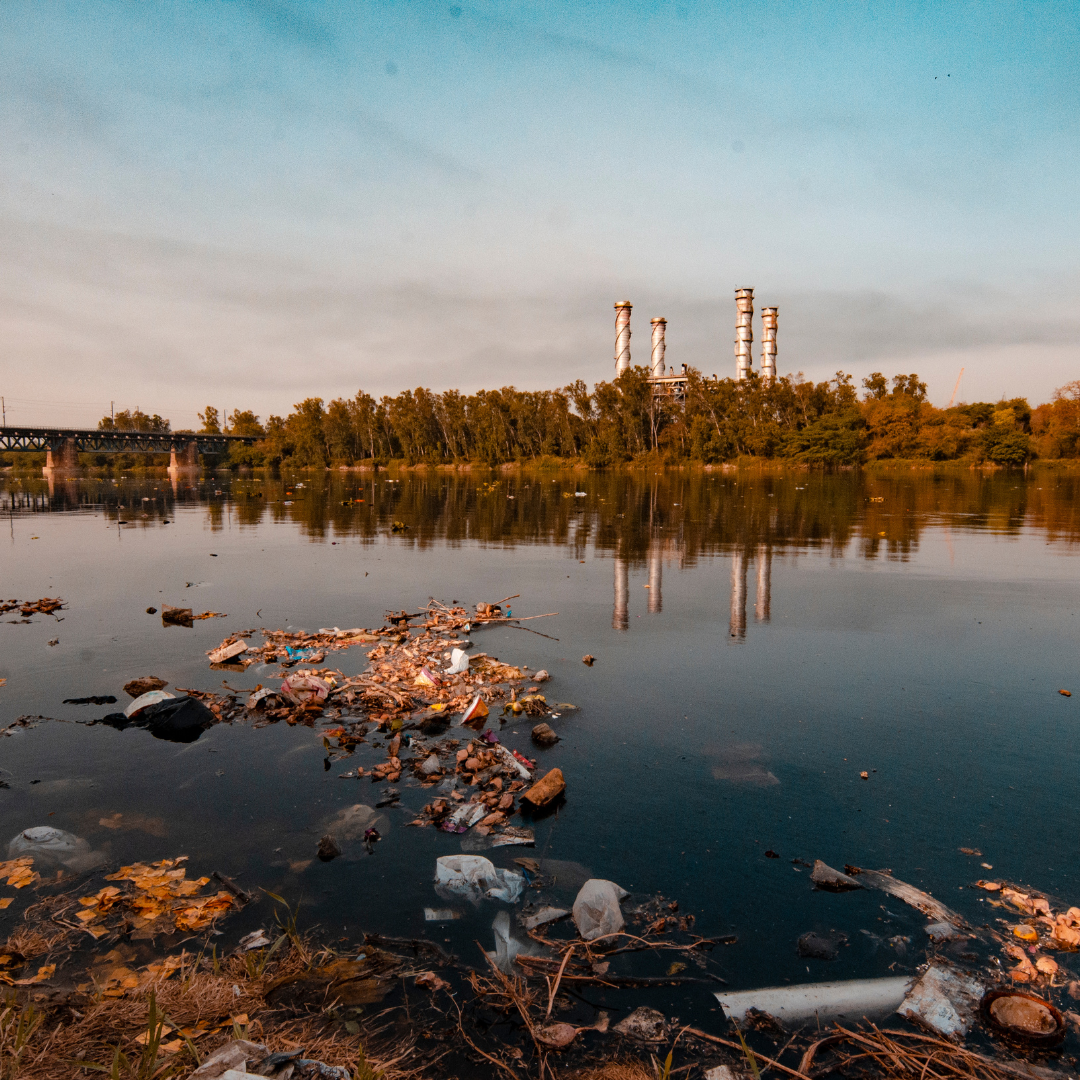
Toxic Chemicals
The hazardous chemicals that are used for the production of cheap clothing are a serious blight on human beings and the environment in general. Cotton is used a lot for fast fashion pieces, and the way that cotton is farmed means that many chemicals are pushed out into the atmosphere.
The mindless consumption of these clothing pieces means that more greenhouse gases are being emitted into the air with landfill spaces getting clogged up with clothes that are giving off chemicals and leeching into the ground.
Leather Production
For instance, leather is a big part of fashion, and despite the fact that more people are moving towards faux leather instead to save the animals, it is still used. The tanning process of this material is classed as one of the most toxic processes in the supply chain because none of the substances used are biodegradable and they contaminate water sources.
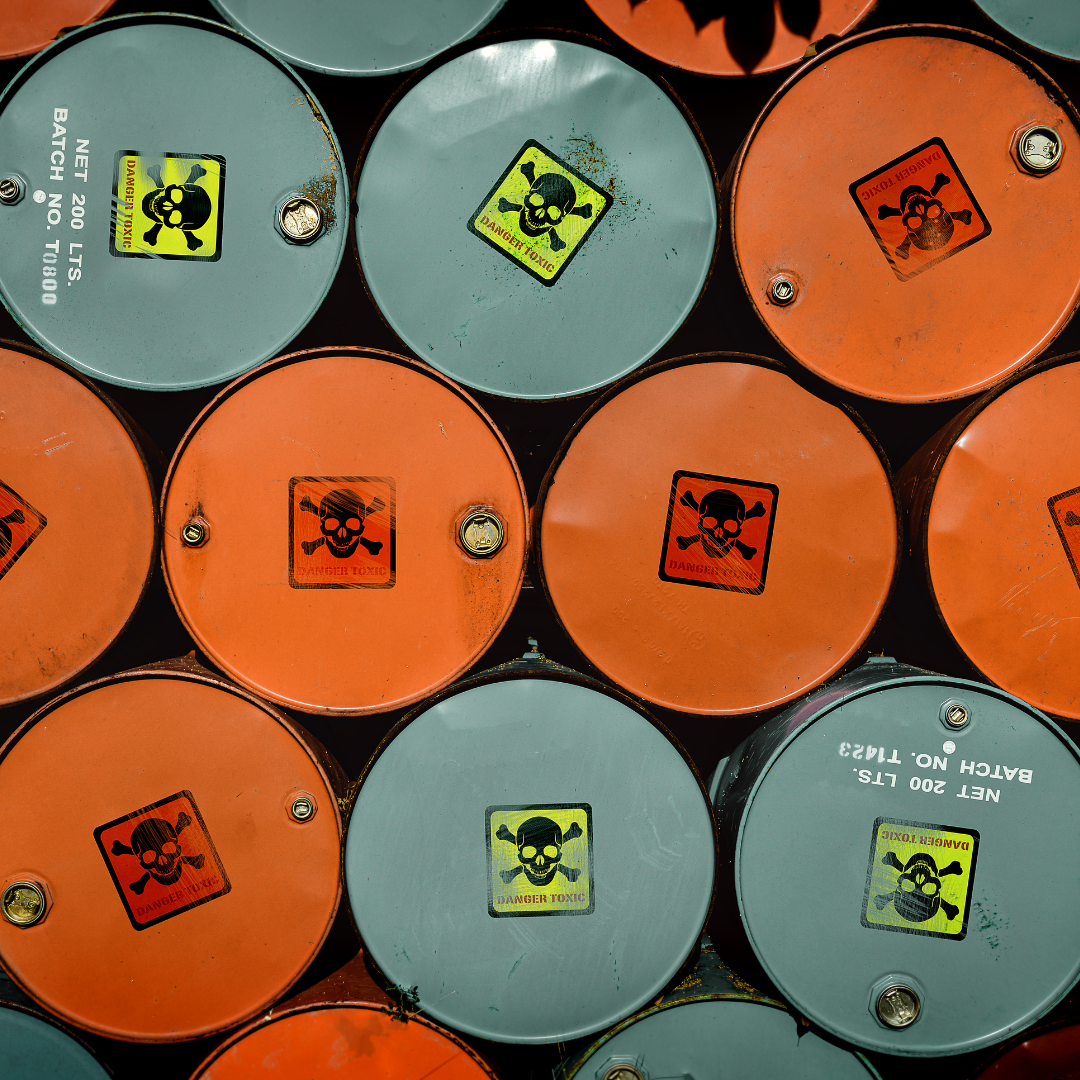
Work Conditions
This fast fashion model of creating garments is incredibly toxic due to the cheapness of the process that is putting people’s health at risk. The environmental impacts are huge and worrying not only for the people wearing them but those who are making them.
Workers in garment factories are breathing in all of these chemicals too and contributing to greenhouse gas emissions just so that one cotton shirt can be sold and the latest catwalk styles are replicated for people to buy cheaply. Young women are normally the ones making these garments to fit in with new trends.
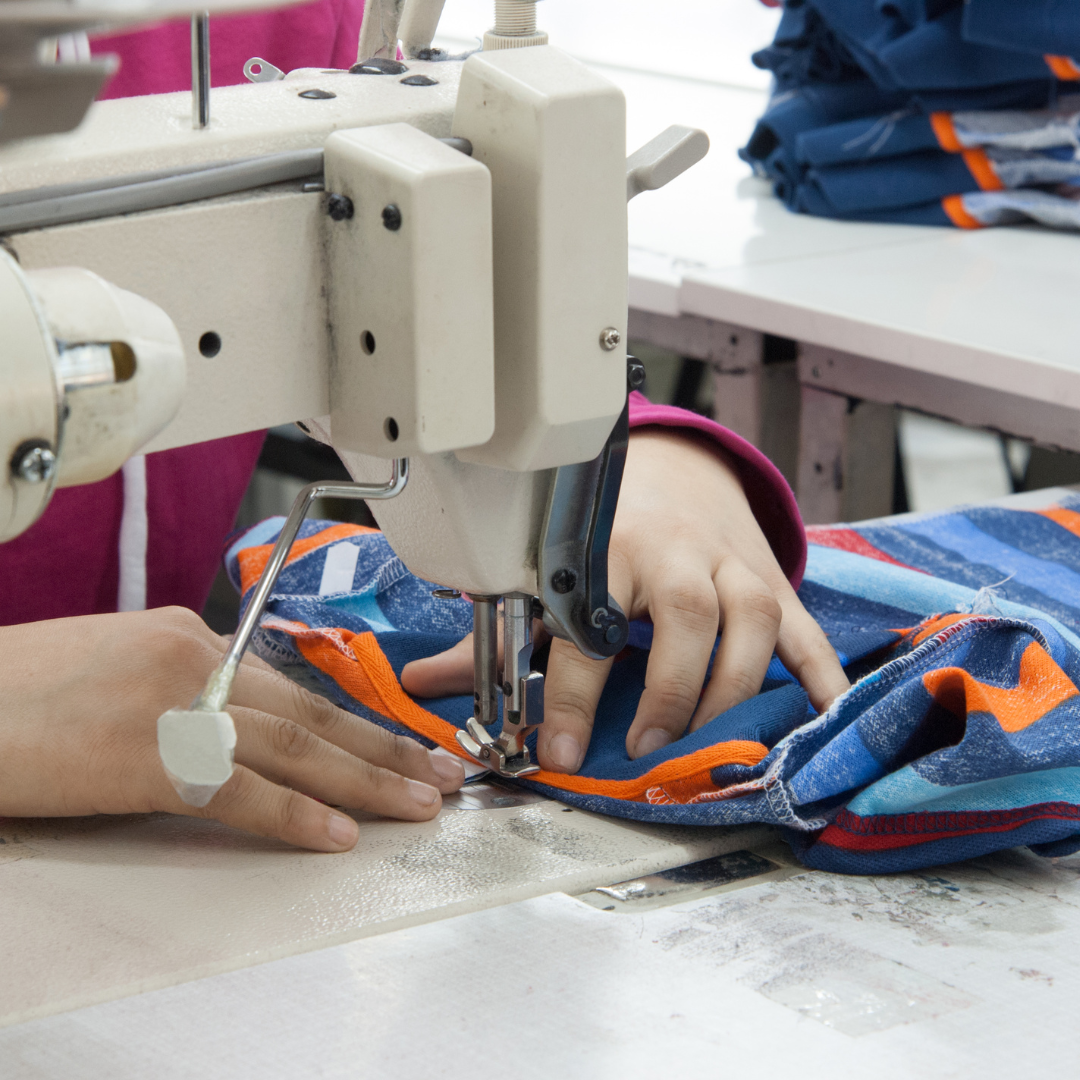
What Can Be Done?
Obviously, the situation seems dire and can be incredibly worrying for people to read, however, there are ways that you and others can help the planet and counteract the problem with the fast fashion industry so that we give our world a fighting chance. Fast fashion is destroying the planet, we need to make sure that we don’t contribute any more to it.
Rent Clothes
You don’t have to buy clothes to look fashionable, you can rent them instead and look your best without wearing them once and throwing them out. There are reasonably priced garments out there for you to try on, and when you are done you can just give them back ready for the next person, a win-win.
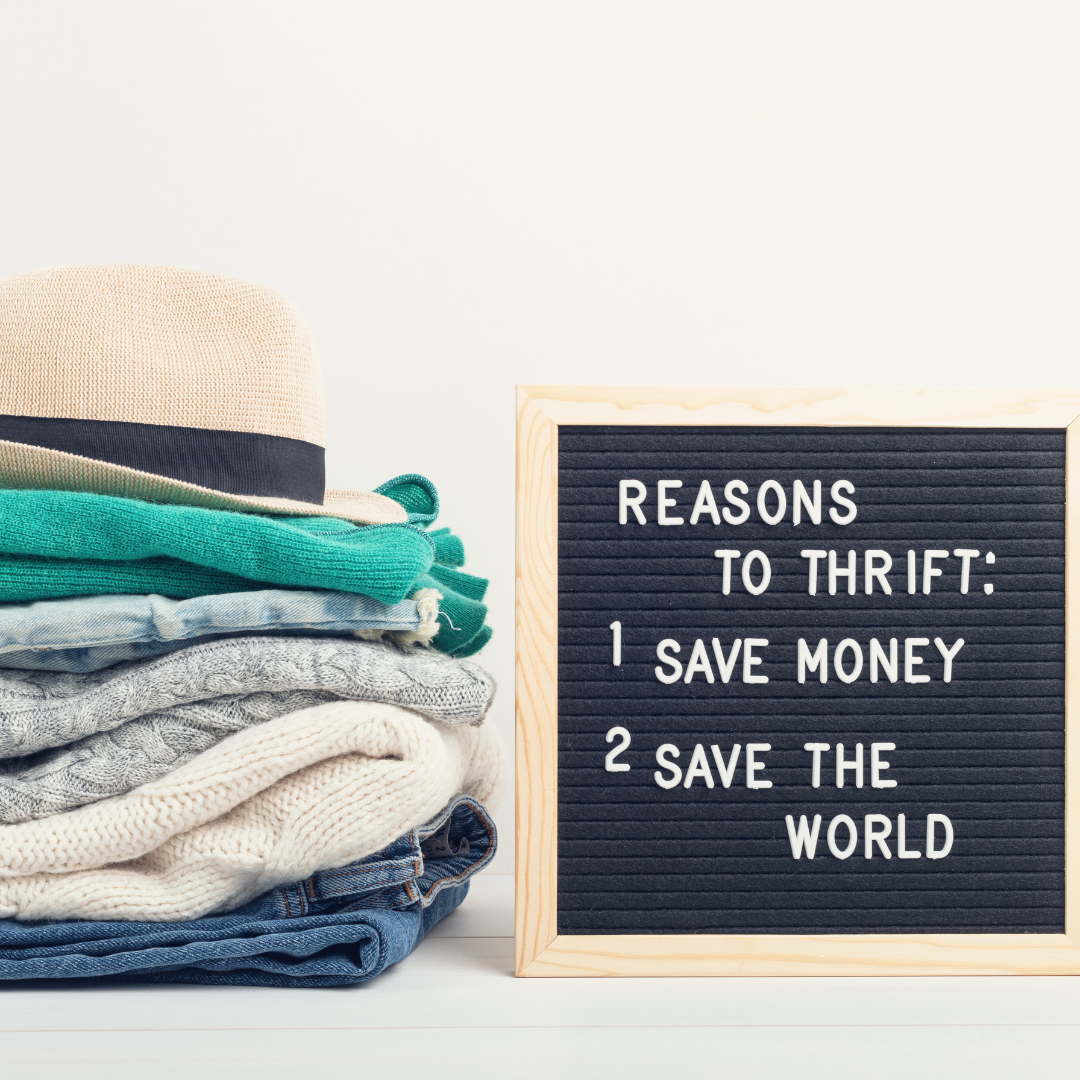
Thrift Stores
Going to a thrift store is a wonderful way to find clothing that has previously been worn by someone and is looking for a second life, which is where you come in. You don’t need new clothing to be fashionable and look good, you can find it by thrifting. These second hand platforms really do make a difference, and once you are done you can thrift it back.
Eco-friendly
There are brands out there that are a lot more eco-friendly, so you can wear new clothes without the worry that you are adding to the pollution of our world. You still have to be cautious as some companies may say that they are eco-friendly when they are not. Check their policies and see what their take is. Do your research first, you’ll be thanking yourself later.

Conclusion
Fast fashion is a huge issue for our planet, we need to stamp out the production of these clothes and stop large quantities of them from ending up in landfills and polluting the world. If we take steps to make sure that it isn’t happening everywhere and set an example for others, we may be able to stamp it out and do better for the earth. A little change can make a difference.



